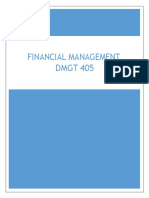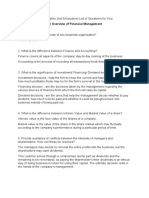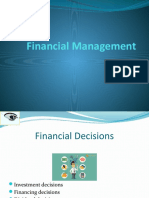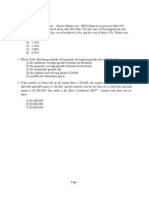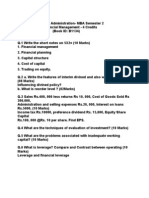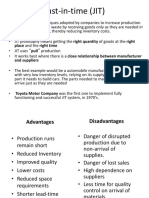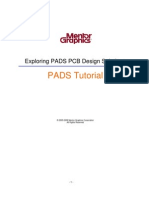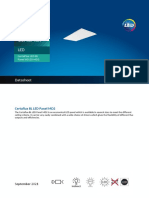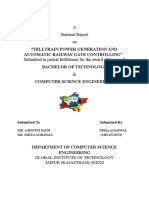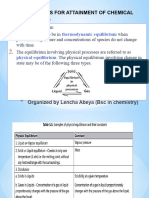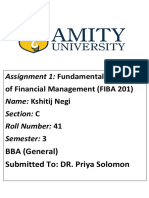0% found this document useful (0 votes)
98 views6 pagesQuestions Q1.Valuation Methods
1. The document discusses various valuation methods including absolute valuation models like discounted cash flow models and relative valuation models. It also contains questions related to finance concepts.
2. Questions cover topics such as regression analysis, contingent liabilities, differences between operating and financial leases, disadvantages of IRR, how working capital impacts accounts, treatment of minority interest, free cash flow, and more.
3. The questions indicate the document is a set of questions likely for a finance or accounting exam that covers various fundamental concepts.
Uploaded by
bhavyaCopyright
© © All Rights Reserved
We take content rights seriously. If you suspect this is your content, claim it here.
Available Formats
Download as DOC, PDF, TXT or read online on Scribd
0% found this document useful (0 votes)
98 views6 pagesQuestions Q1.Valuation Methods
1. The document discusses various valuation methods including absolute valuation models like discounted cash flow models and relative valuation models. It also contains questions related to finance concepts.
2. Questions cover topics such as regression analysis, contingent liabilities, differences between operating and financial leases, disadvantages of IRR, how working capital impacts accounts, treatment of minority interest, free cash flow, and more.
3. The questions indicate the document is a set of questions likely for a finance or accounting exam that covers various fundamental concepts.
Uploaded by
bhavyaCopyright
© © All Rights Reserved
We take content rights seriously. If you suspect this is your content, claim it here.
Available Formats
Download as DOC, PDF, TXT or read online on Scribd
/ 6











